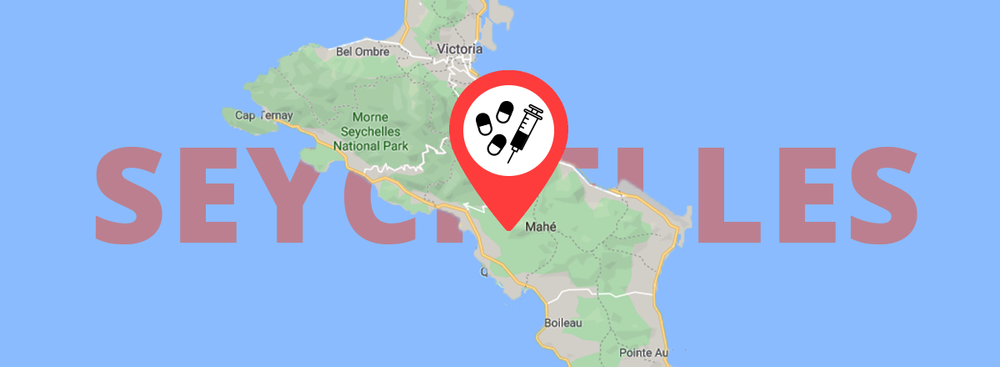Paradise Seychelles islands with white sands and tropical bliss is the place where every third earthman would dream to chill at. And while foreigners look at those touched up commercial pics made to attract tourists, natives faced a problem that poisons them and steals lives.
BBC brought terrible news from Seychelles as there the drug epidemic has spread and the Agency for the Prevention of Drug Abuse and Rehabilitation (APDAR) in Seychelles marks that scale looks awful.
The actual population is 94,000 people and almost 5 to 6 thousand amid them are addicted to various kinds of drugs. It's about 10% of working-age citizens are taking heroin, and it's the highest rate in the world, as the APDAR states.
How drugs arrive?
Seychelles is a group of 115 islands, and surely there is plenty of gaps in the borderlines, which are hard to control. Here is how opium is supplied from Afghanistan and Central Asia; next it moves across East Africa.
The Rescuing program
In May 2018, APDAR, supported by the local politician Patrick Herminie, brought its Methadone Maintenance Programme (MMP) to give aid to the drug users.
Municipal authorities and anti-drug agency refused to start a ruthless war with this killer and opt for the Portuguese-style drug policy when addiction is considered as a chronic disease requiring treatment. Under the program, there were opened "Morning methadone clinics" as stations for patients to provide medical support and psychosocial backing.
"Currently, we have over 2,000 people registered in one of our programmes, and 68% of those are now gainfully employed," Mr Herminie said.
Needless to say, that the rehabilitation path is quite tough, although, for the date, there are lots of success stories about people who have already found a job and committed themselves to "clean life". Besides, the archipelago region has a high income range per person, proper health care and good education.
"A line of heroin - around 0.1g - used to cost around 1,000 rupees ($73; £57) but now it can be bought for around 30 rupees," the anti-drug agency head stated.
The situation is crucial and it’s too early to forecast something or rely on current achievements, especially if the channels of drugs sale and delivery are still operating.













